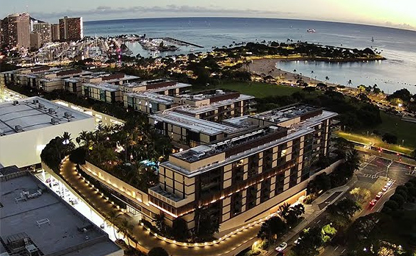
South shore of the island of O’ahu
View is from Ala Moana a residential district along the south shore of the island of O’ahu

View is from Ala Moana a residential district along the south shore of the island of O’ahu
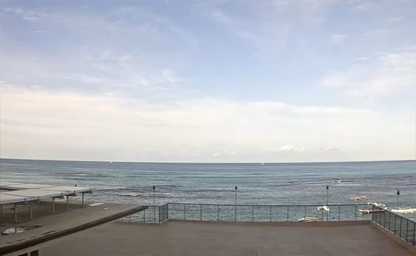
Situated along the southern part of the Oahu shoreline in Honolulu
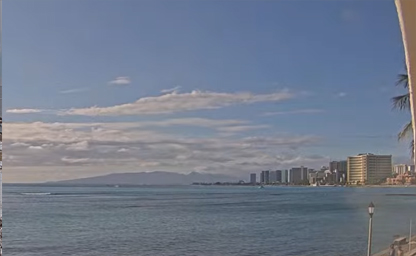
The second-oldest public aquarium in the U.S.
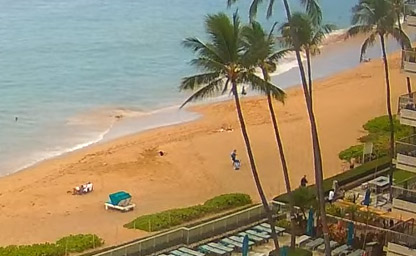
One of the best beaches on Maui
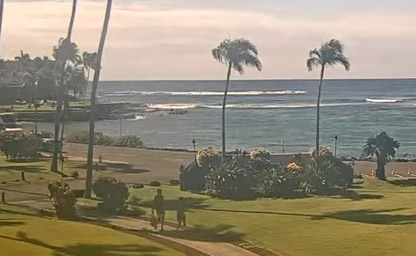
25 acres of lush tropical paradise on Kauai's famed South Shore
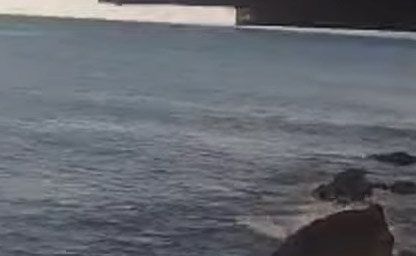
In a nutshell: Small beach set inside a cove
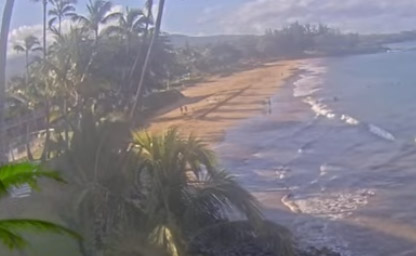
Beach-combing territory on Maui's southwest shore
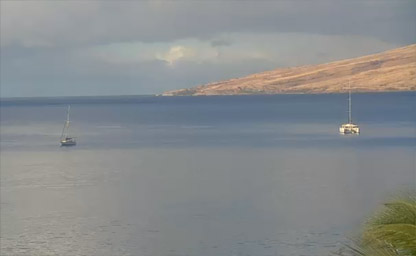
Discover a retreat shaped by nature and inspired culture
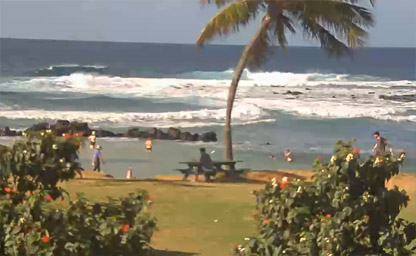
The town's most popular spot as it offers a little bit of everything
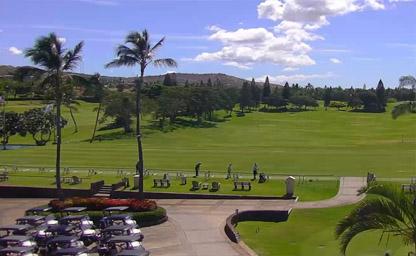
Spectacular views of the course and landscape
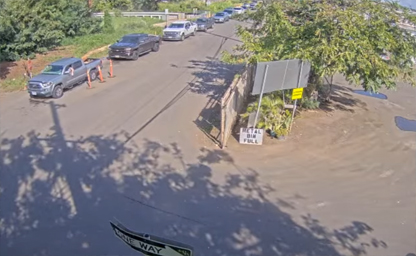
Waste management service where customers can drop off moving boxes and other items
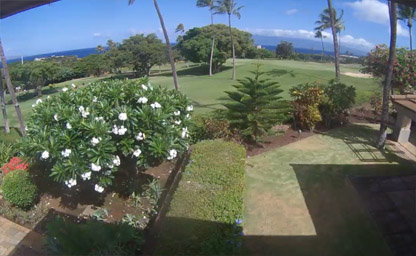
A hub of activity along the coast of West Maui
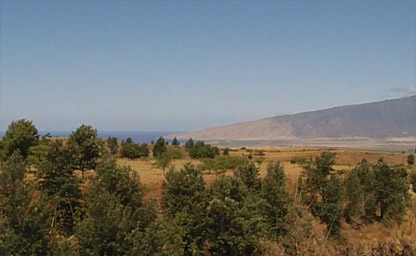
A census-designated place in Maui County, Hawaiʻi
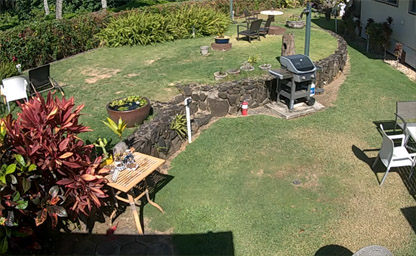
An unincorporated community and census-designated place in Kauaʻi County
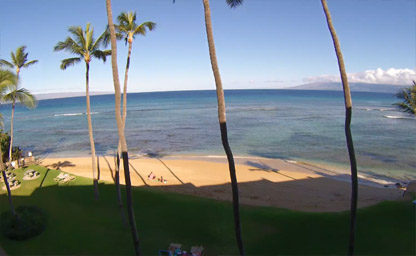
A great value in paradise and situated halfway between Kapalua and Kaanapali
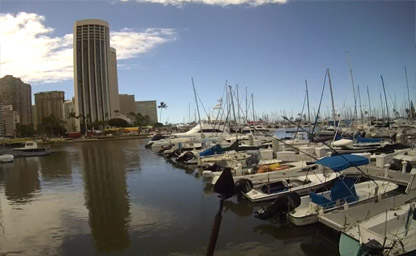
At the edge of Honolulu’s Ala Moana Beach Park
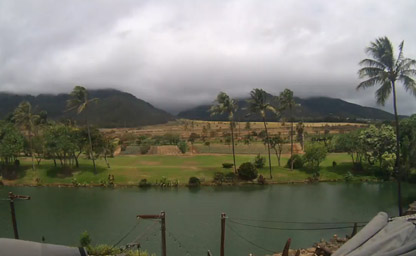
Small businesses thrive alongside industrial parks
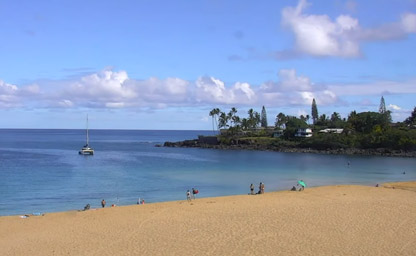
In Haleiwa on the awesome North Shore of O'ahu at the mouth of the beautiful Waimea River
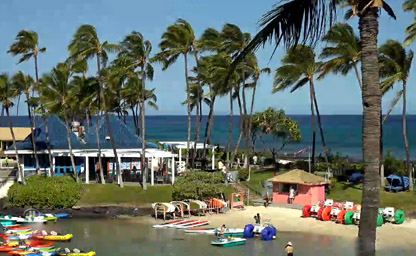
Located on the Kohala Coast of Hawaii's Big Island
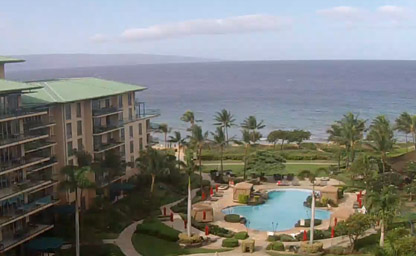
Situated on Maui’s renowned Kaanapali North Beach
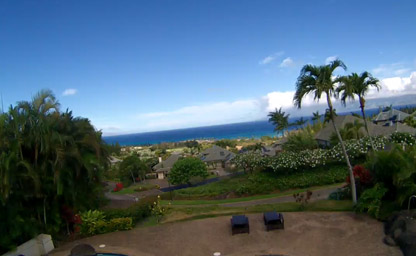
Located in Maui, Kahana Wai
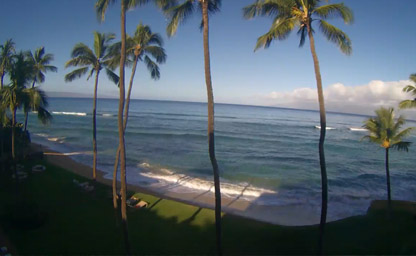
The largest census-designated place in West Maui
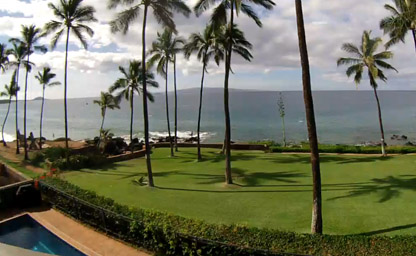
Located at our popular vacation rental Hale Ili Ili in South Kihei
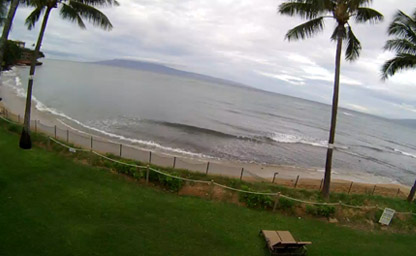
The largest census-designated place in West Maui
A census-designated place in Maui County
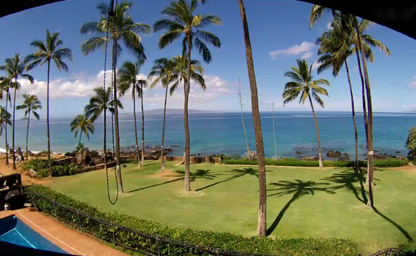
Located from Kihei, a census-designated place in beautiful Maui County
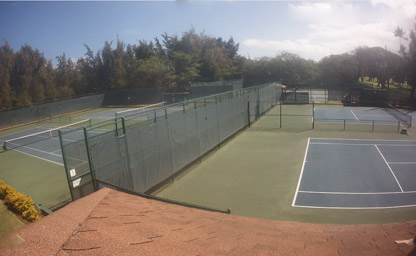
Maui's North Shore place to play with recreation and good times
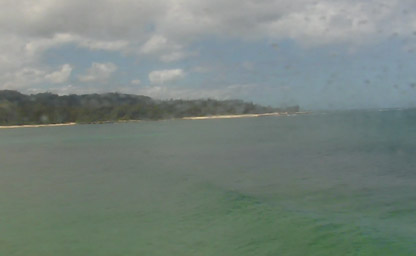
Explore Oahu's North Shore with its miles of white-sand beaches
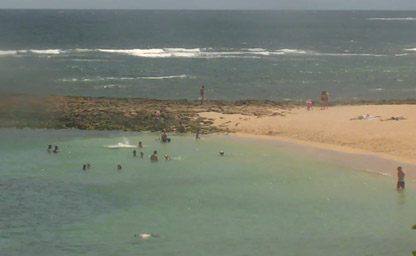
Located on the North Shore of Oahu
Hawaii, an archipelago renowned for its pristine landscapes and vibrant ecosystems, is one of the most beautiful places on Earth. From the golden beaches of Oahu to the majestic peaks of the Big Island’s volcanoes, Hawaii is a natural wonder. Thanks to cutting-edge technology, visitors and nature enthusiasts around the world can now experience Hawaii's wonders in real-time through a network of live streaming cameras.
These live cameras, strategically placed across Hawaii’s islands, offer real-time views of some of the most iconic and awe-inspiring locations. Whether you're planning a trip, keeping an eye on weather conditions, or simply enjoying the serenity from afar, these cameras provide a window into the heart of the Aloha State.
Advances in high-definition cameras, coupled with high-speed internet and streaming technologies, have revolutionized the way we experience remote locations. Hawaii’s live cameras use state-of-the-art equipment to broadcast real-time footage, allowing viewers to enjoy crystal-clear views of landscapes, wildlife, and even live weather events.
Whether it’s a breathtaking sunrise over the Haleakalā Crater or the dramatic eruption of Kīlauea, these live streams capture Hawaii’s ever-changing environment in stunning detail. With the help of weatherproof cameras and robust streaming infrastructure, these feeds are available to global audiences 24/7, ensuring that everyone can experience the beauty of Hawaii anytime, anywhere.
Hawaii's history is a fascinating tale of indigenous culture, exploration, colonialism, and eventual statehood. Long before Western contact, the Hawaiian Islands were inhabited by Polynesians who navigated across vast ocean distances to settle on the archipelago. The first settlers are believed to have arrived around 1,500 years ago from the Marquesas Islands. These early Polynesian settlers brought with them rich traditions of navigation, agriculture, and social organization that would define Hawaiian culture for centuries.
The Hawaiian Kingdom was officially established in 1795, when King Kamehameha I successfully united the islands through warfare and diplomacy. His reign marked the beginning of a unified Hawaiian monarchy that would thrive for much of the 19th century. The Hawaiian Kingdom’s monarchy and its royal family were highly respected, and during this period, the islands saw substantial growth in agriculture, particularly in sugar production, which became one of the primary exports of Hawaii. The islands also became increasingly attractive to foreign powers, especially the United States, due to their strategic location in the Pacific.
Throughout the 19th century, Hawaii’s political landscape was greatly influenced by Western powers. In 1820, American missionaries arrived on the islands, beginning a significant cultural shift. They introduced Christianity, Western education, and new agricultural practices, but they also sought to alter Hawaiian traditional ways of life. By the mid-1800s, the islands had become a vital stop for American trade ships, and their economic relationship with the U.S. grew exponentially. The signing of the Reciprocity Treaty of 1875 with the United States marked a crucial turning point, as it gave Hawaii preferential trade terms and led to the development of the sugar industry. At the time, many Native Hawaiians were concerned about the growing influence of foreigners on their islands.
The Kingdom of Hawaii faced increasing political pressures in the late 19th century, particularly from foreign interests. In 1893, a group of American businesspeople and sugar planters, backed by the U.S. military, overthrew Queen Liliuokalani, the last reigning monarch of Hawaii. Despite protests from the Hawaiian population, Hawaii was annexed by the United States in 1898, becoming a U.S. territory. This marked the end of the Hawaiian Kingdom and the beginning of a new chapter in the islands’ history. Hawaii’s annexation was a controversial move, with many Native Hawaiians resisting American control.
For much of the 20th century, Hawaii remained a U.S. territory. During World War II, Hawaii played a key role as a strategic military base for the United States in the Pacific. The infamous attack on Pearl Harbor on December 7, 1941, by the Japanese marked a turning point in the war and dramatically altered the course of history. The attack led to the United States' direct involvement in World War II and brought national attention to Hawaii’s military importance.
Following the war, the movement for statehood grew. After years of political debate, Hawaii officially became the 50th state of the United States on August 21, 1959. Since then, Hawaii has developed into a vital part of the United States, known for its unique culture, vibrant tourism industry, and beautiful landscapes. While its history has been marked by periods of change, its unique heritage and culture continue to thrive, and the islands remain a symbol of the Pacific’s beauty and diversity.
Hawaii is known for its tropical climate, characterized by warm temperatures, abundant sunshine, and periodic rainfall. The islands experience two primary seasons: a dry season from April to October, and a wet season from November to March. However, Hawaii’s climate is highly variable depending on the specific island and its geographical features. Hawaii's climate is influenced by both its tropical location and its varied elevations. The trade winds that blow across the islands from the northeast help moderate the temperature, making the islands relatively pleasant year-round.
The coastal areas, including popular tourist destinations like Honolulu on Oahu and Lahaina on Maui, typically experience temperatures that range from 75°F (24°C) to 85°F (29°C) year-round. The humidity can be high during the summer months, but the gentle breeze from the trade winds offers a welcome relief. These coastal areas generally receive a lower amount of rainfall, particularly in the summer months, which are the peak tourist season. The combination of sun, warmth, and refreshing breezes makes Hawaii a perfect vacation destination year-round.
In contrast, the interior regions of Hawaii, particularly on the higher elevations, experience cooler temperatures. The islands’ tallest mountains, such as Mauna Kea on the Big Island and Haleakalā on Maui, have alpine climates. At the summit of Mauna Kea, which stands at 13,796 feet (4,205 meters) above sea level, temperatures can dip below freezing, and snow is even common in winter months. The cooler climates of the higher elevations contrast sharply with the tropical warmth of the coastal regions, providing a diverse range of climates within a small geographical area.
Hawaii’s rainfall patterns vary widely depending on geography. The windward (eastern) sides of the islands, such as the east coast of Kauai and the windward side of the Big Island, receive heavy rainfall due to the prevailing trade winds. These regions, known for lush rainforests, are among the wettest places on Earth, with certain areas receiving over 400 inches (10,000 mm) of rain annually. On the other hand, the leeward (western) sides of the islands, such as the west side of Oahu and the south side of the Big Island, are much drier and sunnier, with less rainfall throughout the year.
The wettest months in Hawaii typically occur during the winter season, when the islands are more prone to storms and increased rainfall. However, even during the wet season, Hawaii’s weather remains relatively mild compared to other tropical locations. Because of the moderate climate, outdoor activities such as hiking, surfing, and snorkeling are available year-round.
Hawaii is also susceptible to the occasional tropical storm and hurricane, though the islands are somewhat shielded from the worst of these storms due to their location in the central Pacific. Hurricanes tend to form during the hurricane season, which runs from June to November. However, most years, the islands remain unaffected by such storms, and their well-developed infrastructure helps mitigate any damage when severe weather does occur.
The Hawaiian Islands form an archipelago located in the central Pacific Ocean, approximately 2,400 miles (3,862 kilometers) southwest of California. The state of Hawaii consists of eight main islands, along with numerous smaller islands and islets. These islands were formed by volcanic activity, and many of the islands still feature active volcanoes, making Hawaii a unique geological area.
The eight main islands of Hawaii are Hawaii (commonly referred to as the Big Island), Oahu, Maui, Kauai, Molokai, Lanai, Niihau, and Kahoolawe. Each island is distinct in terms of its geography, culture, and attractions. The Big Island is the largest and the youngest of the islands, home to the world’s most active volcano, Kilauea, which is located in Hawaii Volcanoes National Park. The Big Island is also the only island in Hawaii with snow-capped mountains, such as Mauna Kea and Mauna Loa, both of which are volcanic peaks that dominate the island’s landscape.
Oahu, the most populous island, is home to the state capital, Honolulu. Oahu is known for its stunning beaches, such as Waikiki Beach, and its iconic landmarks like Pearl Harbor and Diamond Head. The island’s geographical features include volcanic craters, lush valleys, and coastal cliffs, making it a top destination for outdoor activities and sightseeing.
Maui, known as the "Valley Isle," is famous for its lush valleys, volcanic landscapes, and pristine beaches. The island’s most notable features include the Haleakalā volcano, which is one of the largest dormant volcanoes in the world, and the scenic Hana Highway, which winds through lush rainforests and offers breathtaking views of waterfalls and the coastline.
Kauai, known as the "Garden Isle," is the oldest of the main islands and is renowned for its lush, green landscapes. The island features dramatic cliffs, pristine beaches, and the famous Na Pali Coast, which can only be accessed by boat, helicopter, or hiking. Kauai is also home to the Waimea Canyon, often referred to as the "Grand Canyon of the Pacific."
The geography of Hawaii’s smaller islands is equally diverse. Molokai, known for its untouched natural beauty, is home to one of the last fully functioning agricultural communities in Hawaii. Lanai is famous for its luxury resorts and secluded beaches, while Niihau, often referred to as the "Forbidden Island," is privately owned and largely inaccessible to the public. Kahoolawe, once used as a military training area, is now being restored for environmental and cultural purposes.
Hawaii’s volcanic origins have left the islands with a rich diversity of ecosystems, from tropical rainforests and deserts to alpine meadows. The islands are home to a wide variety of endemic species, many of which cannot be found anywhere else in the world. Hawaii’s beaches are equally diverse, with golden, black, and green sand beaches, providing a stunning backdrop for visitors to enjoy a wide range of outdoor activities.
New Tip: When visiting Hawaii, take the opportunity to explore Hawaii Volcanoes National Park on the Big Island, where you can witness active lava flows and experience diverse ecosystems ranging from tropical rainforests to volcanic deserts. An interesting fact: The Hawaiian Islands are the most isolated landmass on Earth, with the nearest major landmass, California, being over 2,400 miles away.